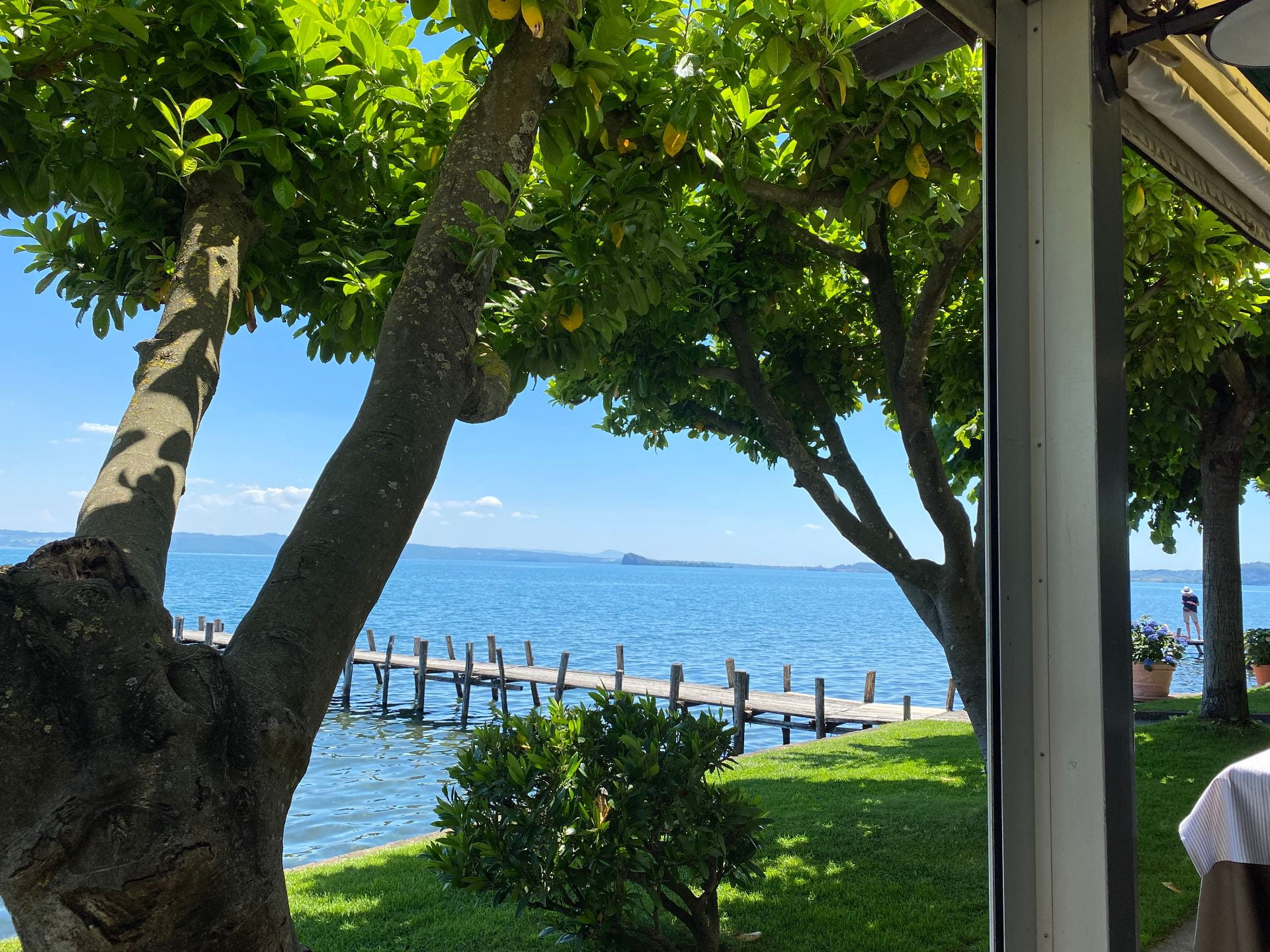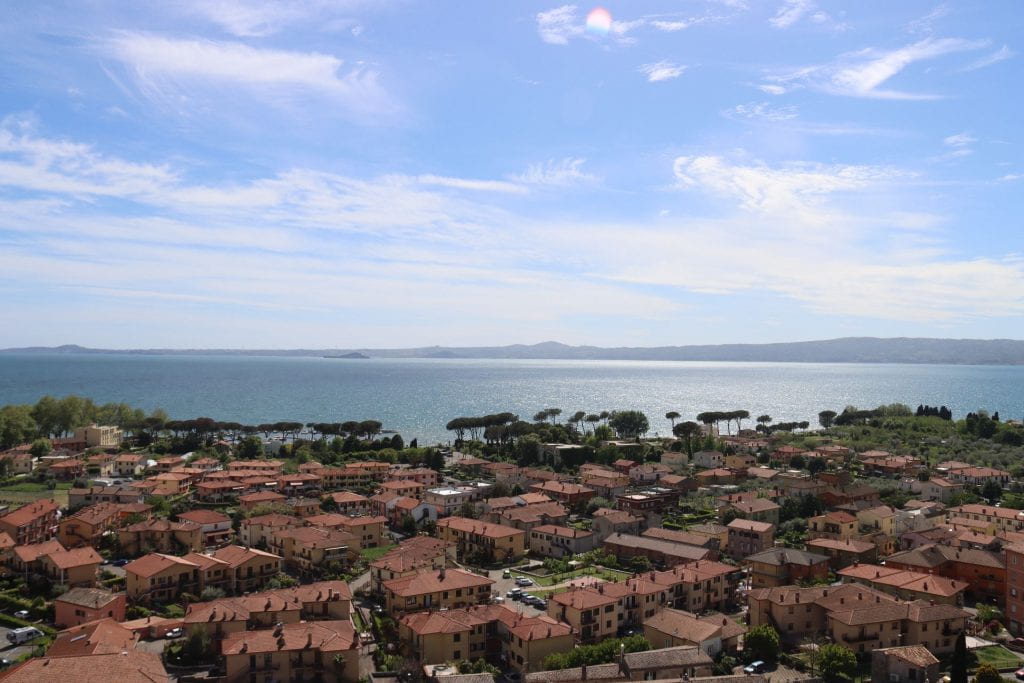Lake Bolsena is the largest volcanic lake in Europe, measuring 42 km in circumference. There are two islands in the lake, Bisentina and Martana. Bisentina features a number of monasteries and played host, as a summer residence, to various popes over the centuries. Martana preserves the remains of a castle where Amalasunta, daughter of the Theodoric, king of the Goths, was imprisoned and killed upon the orders of her cousin and husband, Theodorat, in A.D. 535.
In addition to the islands, the lake is nestled with several villages, many with archaeological remains dating from the prehistoric period through late antiquity. Among the most important are Bolsena (ancient Volsinii), Capodimonte (near the ancient site of Visentium), Marta, and Montefascione. A little further afield are Viterbo and Orvieto, both ancient cities with complex medieval and early modern histories.
Gradoli, the city closest to the excavation and where students in the field school live, is a quaint medieval town. The city’s skyline is crowned by an imposing palace built by Antonio da Sangallo the Younger on the orders of Alessandro Farnese, later Pope Paul III, for his son Pier Luigi and his bride Gerolama Orsini. The palace, which is now the center of the local government, was built on the remains of an early medieval castle, only reachable by many steps (thus the name of the city—gradus in Latin, step), was donated to the city by Matilde of Canossa in the 11th century. The city went from independence to both noble and papal ownership until it was incorporated into former Kingdom of Italy in 1871.
For more photos of the area, visit local photographer Angelo Mariotti’s website

